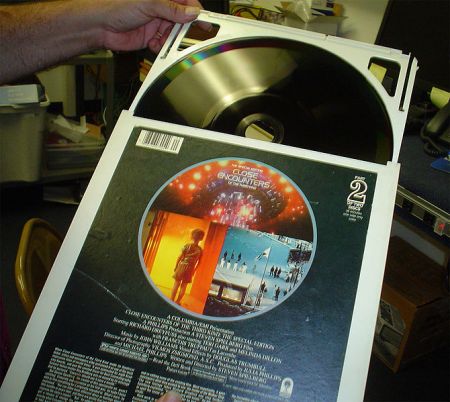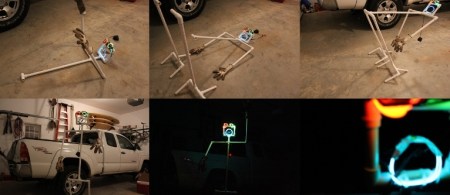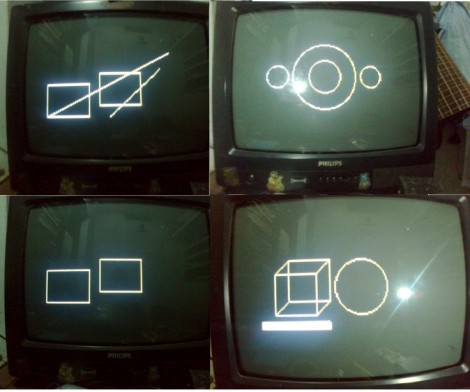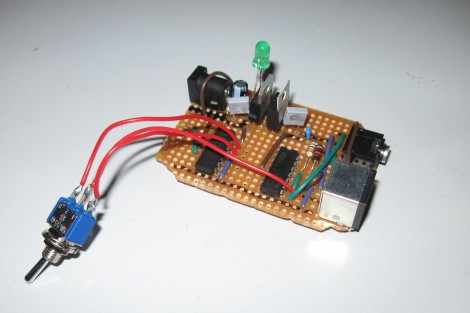Although not a hack in the sense that it was made by a large corporation, check out this capacitive electronic disk that [danielbpm] wrote in about. Here’s a Wikipedia article about it, as well as a video (which didn’t embed correctly) about how it was made. The disks look like a typical audio record, and it was conceived of in 1964. A prototype was manufactured in 1972.
Unlike the more well-known Laserdisk format, the [Capacitive Electronic disk], or [CED] used an actual stylus to read the disks. Because of this, the [Wikipedia] article astutely points out that both systems were mutually incompatible. Somewhere there might have been a scratched Laserdisk next to the VCR with a sandwich stuffed in it. The computer with a broken coffee holder wouldn’t come for another few years.
Although it may have been a good format in it’s own right, like Betamax or HD-DVD, this system wasn’t destined to become the Blu-Ray player of it’s time.
















